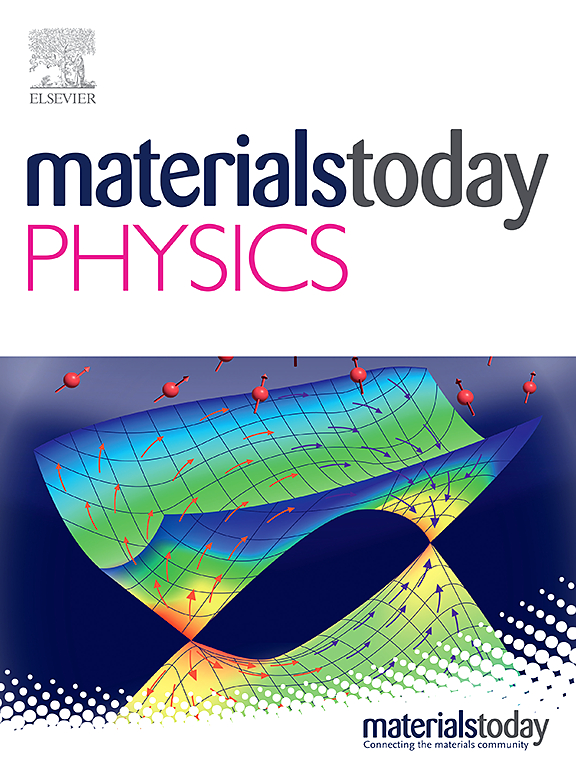An Ultra-soft Thermal Diode
Abstract
The controlling of heat flow direction stands as a prominent methodological approach within the domain of thermal management, and this can be accomplished through the utilization of thermal diodes. However, if the thermal diode lacks mechanical compliance, hindering its intimate contact with heat source/sink surfaces, the thermal rectification performance is limited. In this work, we propose a method to solve the mechanical compliance problem that is introducing phase change material (PCM) consisting of dual alkanes (hexadecane and paraffine wax) and polyurethane to fabricate the heterojunction thermal diode. The fabricated thermal diode exhibits an ultra-soft mechanical feature, with a low elastic modulus of 0.4 KPa and >300 % elongation until failure – the best values reported to date for thermal diodes. The measured thermal rectification factor is as high as 1.42 – in line with the theoretical model prediction. Molecular dynamic simulations reveal that the thermal rectification mechanism of the PCM-based thermal diode originates from the crystal-amorphous phase transition of the hexadecane terminal as the temperature bias flips. Therefore, the heat flow in the forward direction is greater than the flux in the reverse direction. A series of experiments and finite element analyses are employed to verify the feasibility of thermal diodes for applications in real contexts like the civil engineering.

| 公司名称 | 产品信息 | 采购帮参考价格 |
|---|
 求助内容:
求助内容: 应助结果提醒方式:
应助结果提醒方式:


